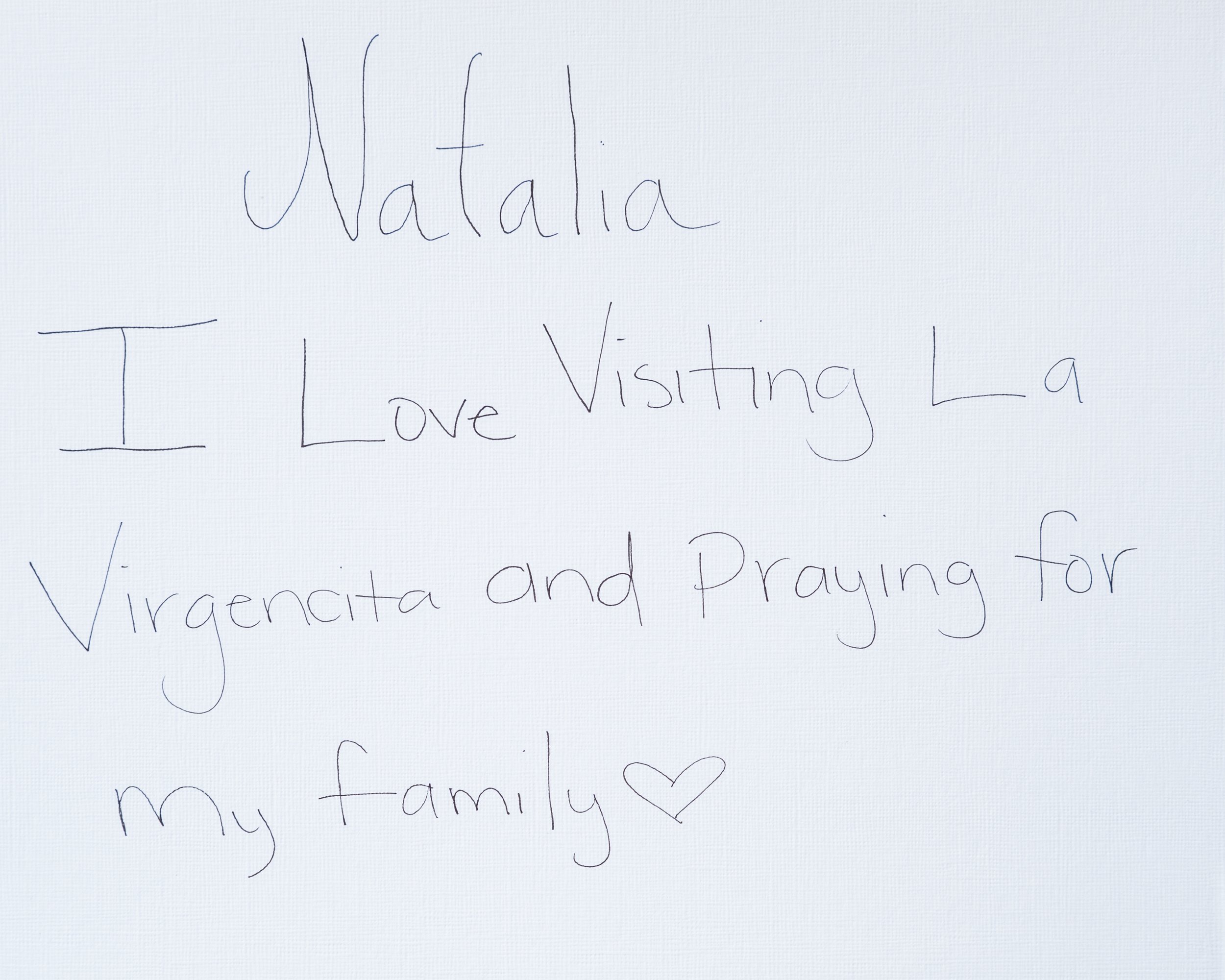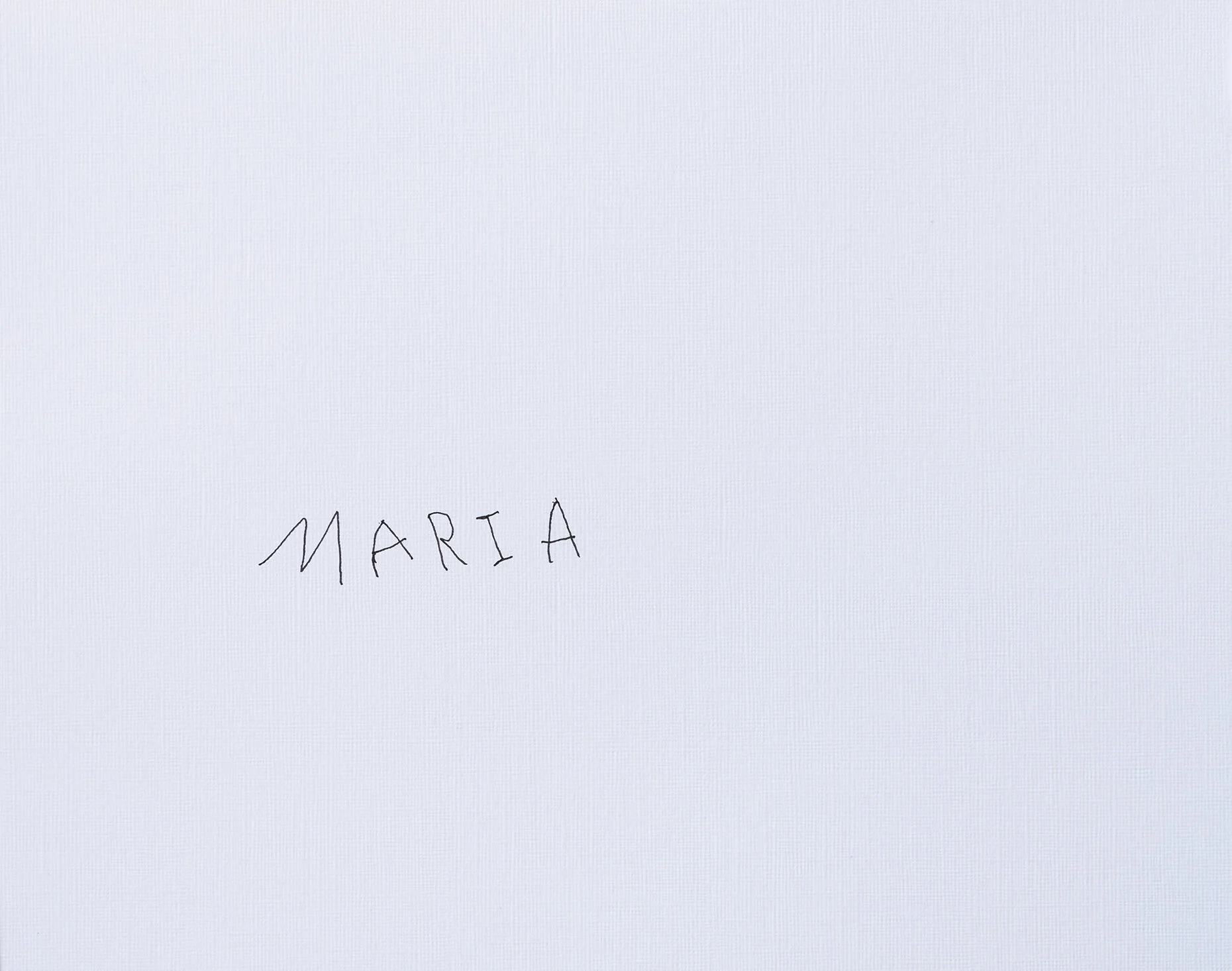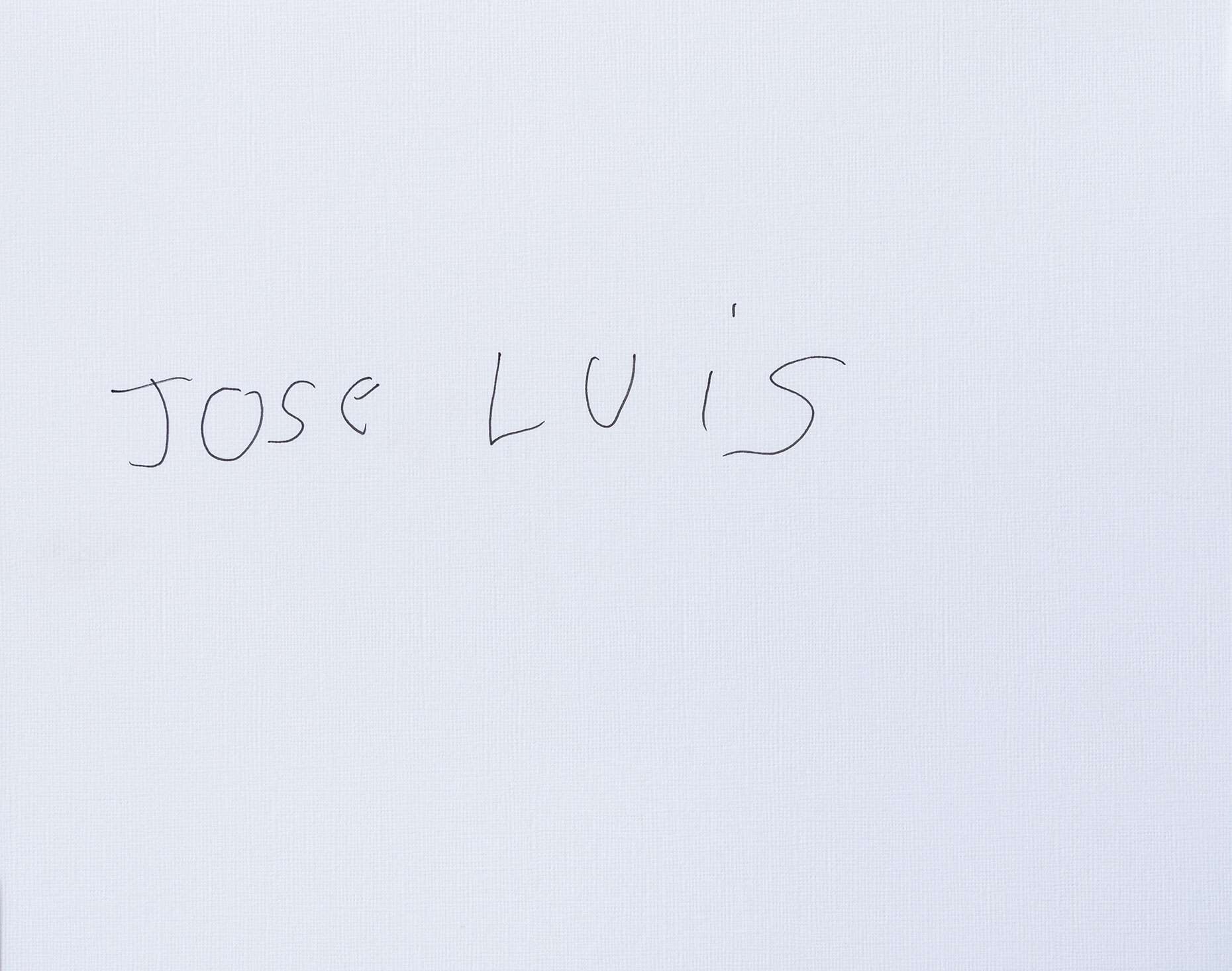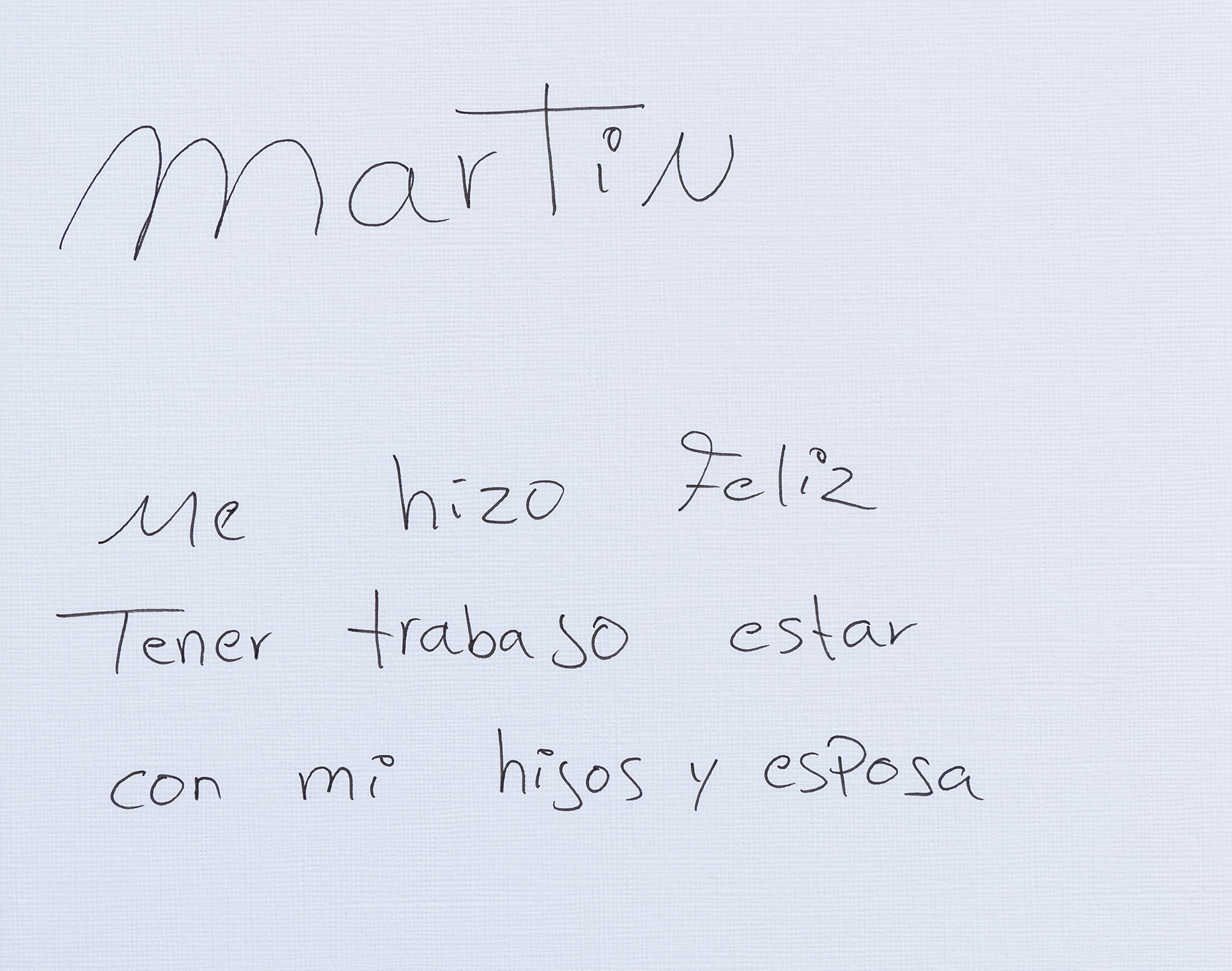
Documenting joy in the immigrant community in the borderlands.
Everyone was scared of getting sick and dying from Covid-19 when the pandemic. While the lockdown brought some relief to the scared masses, others saw their livelihood in jeopardy. Not going to work meant they would not be able to afford their rent, a scarier thought than a possible death by Covid-19, and this is how brown and black people became essential workers. The term "essential worker" became elevated as brown people died in mass numbers, including immigrants. The country kept going because of immigrant workers.
According to the CDC, Latinos are almost twice as likely to die from Covid-19 than the white, Non-Hispanic population. For communities with primarily Latinos populations, like Riverside County in Southern California, whose half of the population is Latino, this is a scary statistic. Beyond worrying about the virus, the immigrant community within 100 miles of the border also had to live under the constant harassment of border patrol as they tried to make a living. So how was this community able to keep going despite the pandemic and the continuous harassment by officials that supported anti-immigrant rhetoric? As an immigrant, I have seen our resilience come from joy found in our everyday lives and unexpected places.
The media often portrays the immigrant community as workers or criminals. Our humanity is always valued by what our labor can do for this country. I wanted to photograph immigrants beyond their labor - I sought to capture their joy.
Over three months, I met with 16 immigrant workers in Riverside county. I met the amazing people in this project through the help of Luz Gallegos from the organization TODEC, located in the Coachella Valley. I asked the participants to talk to me about what brought them joy during the pandemic that helped them keep going. The participants took me to the place that brought them joy, dressed as they wished to be photographed, and wrote down what helped them keep going on bristol paper. Some participants could not write down more than their names; instead, I recorded their words for preservation. I wanted to photograph the participants how they wanted to be seen and share their own words straight from their mouths.
At the end of the project, it became clear that even though I am part of the immigrant community, I cannot claim the same hardships that less privileged immigrants have to go through in their daily lives. I questioned whether I was the right person to tell the participants' stories. Many projects like this are usually created by folks outside of these communities. They parachute into the communities to take without giving back. I did not want to take from them, I wanted them to show me what they wanted to share, and in exchange, I offered them my skill in the form of a family portrait or a print.
My hope for this project is to bring a new perspective to how we think about the immigrant community in the borderlands. We are more valuable to this society than the product of our labor. We are resilient, joyful people whose humanity deserves to be acknowledged.
You can read about this project in palabra.
Natalia
Natalia is wearing a traditional Purépecha dress from her home state in México, Michoacán. She found joy by praying to the Virgin Mary and leaning into her faith.
Monserrat
Monse is a very joyous person. She always has a smile on her face. Her family keeps many farm animals like pigs, chickens, goats, and a recently acquired horse, in their backyard. She was grateful she got to spend time with her animals, four younger siblings and parents.
Maria Isabel
Maria Isabel was grateful for her faith in the Virgin Mary and her community that kept her going when she got sick at the peak of the pandemic. She’s proud of the hand-stitched Virgin Mary flag she made while she was sick with COVID.
Ezequíel
Ezequíel was proud to be able to provide fruits and vegetables for his community. He owns several acres of land that he has accumulated over the years with hard work and love for the land. He runs his field with the help of his family.
Liliana
Liliana was grateful that she got to spend more time with her children since they had to stay home when school was shut down.
Gabriel and Angelica
The couple got to spend a lot of time outdoors. The pandemic helped them make the decision to move in together and start their family. Angelica is pregnant with their first child.
Yesenia
Yesenia is a serious woman but she comes alive when she talks about her brothers and pets. She was grateful that she got to spend more time with her loved ones.
Alma
Alma was studying nursing before the pandemic. She now works at TODEC, helping the community immigrant get resources in the Coachella Valley. What brought her joy during the pandemic was taking long drives throughout the valley and enjoying the sunset in the desert landscape.
Carlos
Carlos is a proud field worker. He was grateful for his job and being able to spend more time with his family.
Jose Luis
Jose Luis is Carlos' younger brother. The siblings work in the same fields in the Coachella valley. Jose Luis was grateful for the vaccines and that were available to everyone. He was also grateful for the time he got to spend with his family.
Eubaldo
Eubaldo was grateful that even though he and his son got Covid, they were able to recover with the help of his wife.
Martin
Martin's joy came from having a job spend time with his wife and children
Rosa
Rosa was grateful that her family stayed healthy and together.
Israel
Israel was happy that he and his family didn't get sick.
Manuel
Manuel found joy in being able to spend time at home with his family and friends and that no one got sick.
Teresa
Teresa is the head of a squadron of field workers in the Coachella valley. She was grateful to get that she and her family remain in good health and that she had a job during the pandemic.















